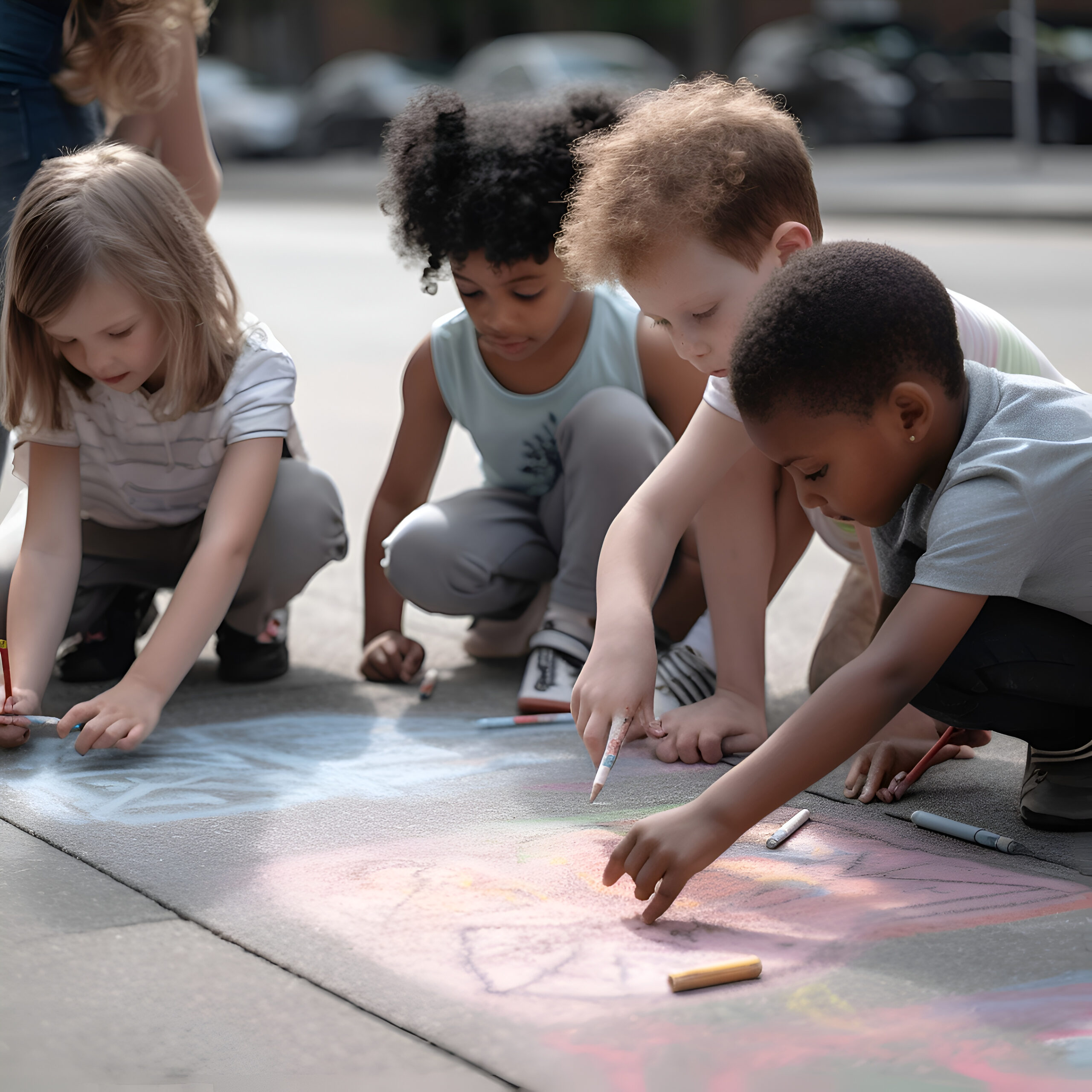Instructions: Building an Inclusive Learning Environment
Have you ever found yourself wondering why students struggle with following your instructions? Or perhaps frustrated upon realizing that even though you’ve set them off on a task no one is actually doing what you’ve asked? And what about the constant chatter in the classroom?
As annoying as chatting can be, we should not fall into negative or counterproductive patterns of response. As educators, it's crucial to reassess our responses to chatting and students' indifference. Promising rewards, issuing warnings, or resorting to threats often fall short. And most importantly, raising our voice DOES NOT and will never work! To effectively support our students, it's crucial to understand the reasons behind their occasional tuning out and what their chatter signifies.
- Attention spans: Research indicates that children’s attention span is roughly double their age. For instance, an eight-year-old child typically has a maximum attention span of approximately 16 minutes. What we need to be mindful of as educators is that lecture-style lessons force children to zone out. This disengagement causes boredom which in turn can trigger chatting or even worse disruptive behavior.
- Excessive words and cognitive overload: A significant challenge educators face is the tendency to use excessive words while giving instructions. In their efforts to ensure clarity and understanding for all students, educators sometimes overwhelm their instructions with unnecessary detail and excessive verbal information, devoid of visuals or rhythmic elements (which can be REALLY helpful for some students). It's essential to recognize that using more words than necessary and this overreliance on words alone can often lead to confusion or cognitive overload since language is processed differently from one child to another.
3. Lack of play, creativity, and movement:
It is our biological instinct to cease to listen to something that we find boring and monotonous. Sitting stationary for a long time is not the way to reach prime productivity and enhance learning.
- Traditional classroom arrangement and expectations: this is another factor that can often hinder active listening. Expecting students to remain still on uncomfortable chairs and maintain constant eye contact overlooks individual differences in learning styles and needs. Recognizing that not all children thrive in static environments is crucial for fostering engagement and participation in the classroom.
Long story short: children talk when they get bored and are not active participants in the lesson. So, what's the solution to active listening and how can we decrease classroom chatter?
One thing is the KEY to remember: we have to avoid sedentary listening and embrace movement and whole-brain teaching techniques! As simple as that. By incorporating gestures, body language, and physical activities into their instructions, educators not only activate different parts of the brain but also make children the main characters of learning.
Exciting opportunities await when we implement multisensory approaches since not only do they enhance students' engagement and attention but also facilitate deeper learning and retention of information.
Here are some practical tips based on the whole brain approach, ensuring active involvement from your students, and enhancing learning and teaching experiences. Practical tips that will help you break down traditional practices and will turn your classroom into an inclusive student-centered environment.
Here are a few ideas:
- Use attention-getters and keep everyone on their toes: Before uttering important instructions, use attention-getters to ensure everyone is attentive. This way, you ensure everyone is listening. Numerous ideas
of attention-getters can be found online. Some of my favorites are:
- if you're listening, …..: ask students to do or say something to prove that they’re listening, eg. if you’re listening, touch your nose.
- Class, Yes: When you want your students' attention say, "Class!" They respond, "Yes! Only they have to mimic your voice, tone, rhythm, and gestures.
- Are you ready? Yes, Ms Angeliki: similar to Class/Yes
- Add rhythm: Bear in mind that students CAN indeed listen and learn while standing or moving. Incorporate not only gestures and body language but also rhythm, clapping, or snapping into your instruction routines and get students to mimic you. Why? Because this approach activates the whole brain, integrating language and movement and thus achieving 100% student participation and active listening. Adding some
rhythm ELEMENTS to the way you instruct students can have a profound effect on the way they listen and follow instructions.
- Visual representation for better understanding: Engage students by having them draw what you're instructing and then explain their understanding to a partner. This way, you foster engagement and deeper understanding.
- WHISPER and get all eyes on you: Instead of raising your voice how about whispering or even using signals and sign language to give instructions? This approach can be HIGHLY effective in capturing students' attention.
- Prioritize demonstration over lectures: Demonstrating rather than lecturing gives every student the chance to experience the task and perform it successfully.
- Variety to break the monotony: Remember, variety is the key to keeping students engaged. Rotate techniques and strategies to prevent monotony, as repetition can lead to disinterest. By introducing a mix of approaches, you cater to diverse learning preferences and maintain student enthusiasm.
- Manage cognitive load: Be mindful of cognitive overload, as too much of the same information can hinder students' attention. Offer sensory breaks, such as brain breaks, meditation, breathing techniques, silent reading, or drawing, when necessary, to provide students with a restorative pause.
In a nutshell, the connection between avoiding sedentary listening and the whole-brain approach lies in the recognition that movement and physical engagement play a crucial role in active listening and student engagement. By incorporating movement and multisensory experiences into the way educators give instructions, they can optimize learning outcomes and create dynamic, engaging classroom environments.
